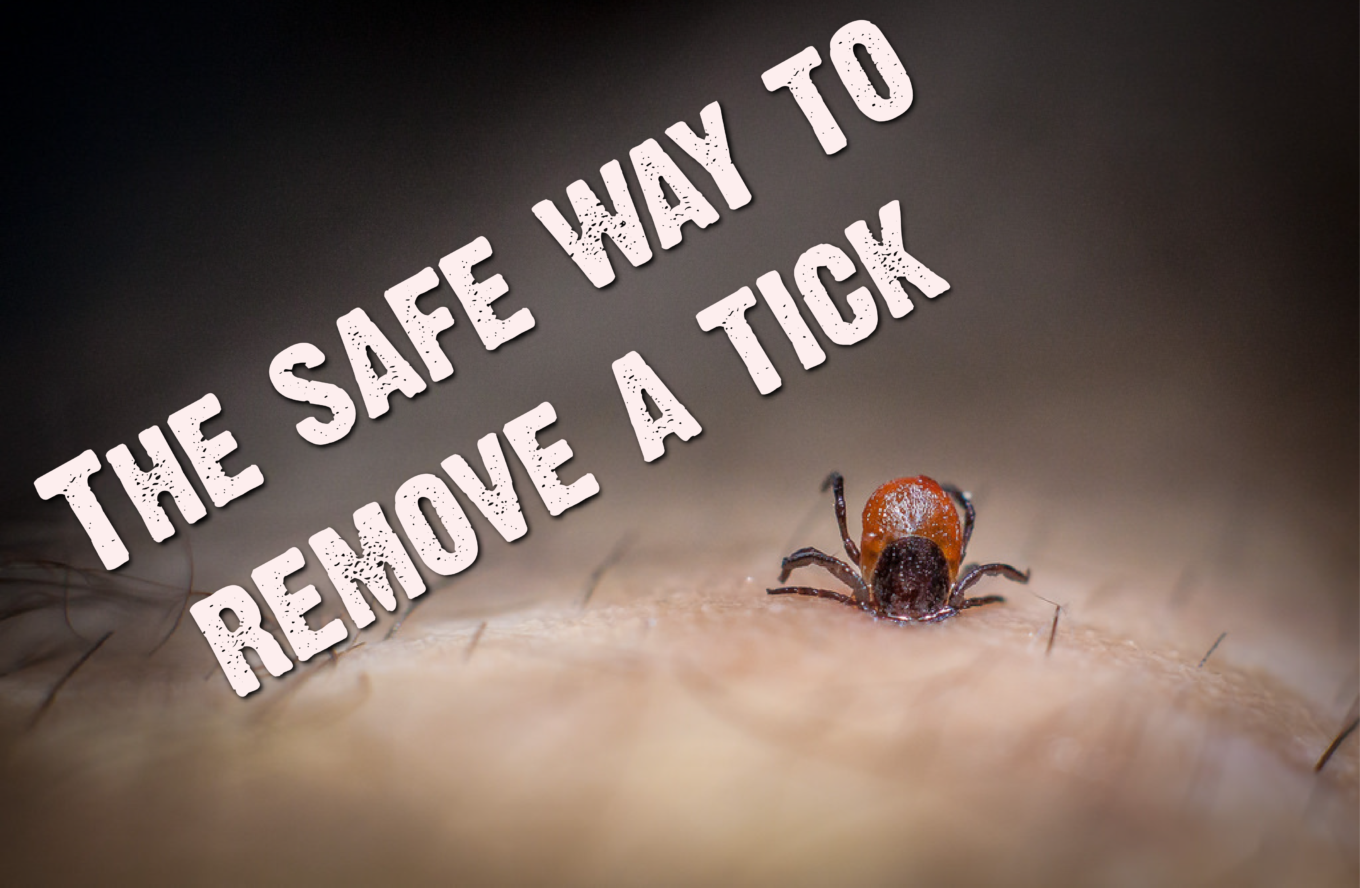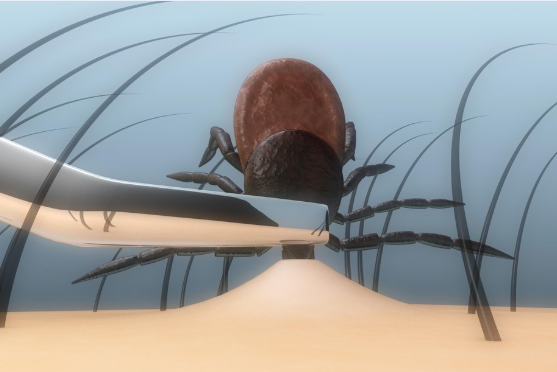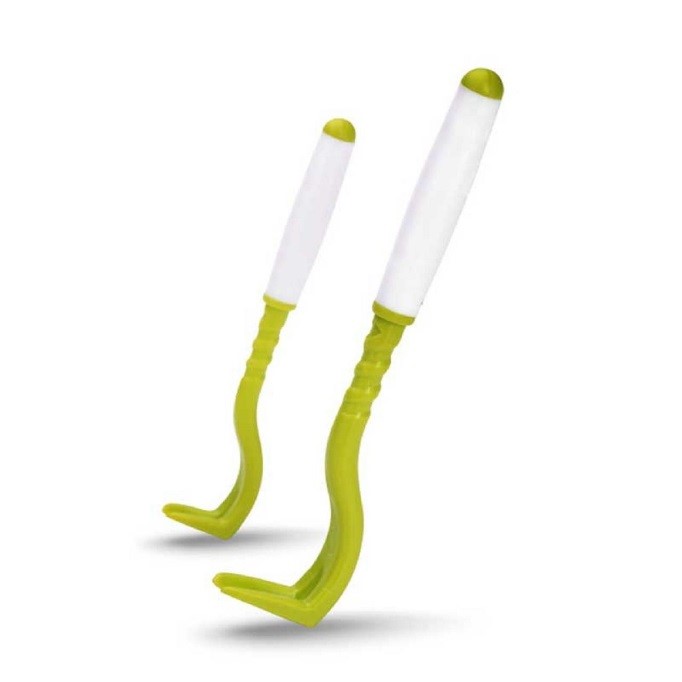
May 13th, 2019
The safe way to remove a tick – and what you should NEVER do!
By David Hill
What is a tick?
It’s a blood sucking insect right? No! Adult ticks have eight legs rather than the six that insects have, this makes them arachnids, so they are in the same class as spiders! They do feed on blood though. This can be from reptiles, birds or mammals, including humans!
Ticks are widely distributed around the world, and although many prefer warm, humid climates, they can be found in the UK and Europe. The Scottish highlands and Southern England are tick hotspots, but they are still present in other areas including the parks of London.
What problems can they cause?
Tick bites themselves are irritating. They can be itchy and sore; and can become infected if the tick is not correctly removed or they are not kept clean.
Lyme disease, caused by a bacteria called Borrellia, can be transmitted from a tick in the UK – there are reportedly up to 3,000 cases of Lyme disease each year in the UK. The disease often causes flu-like symptoms; including tiredness and loss of energy. A red rash may also occur – Lyme disease often causes a distinctive bull’s eye pattern in 70-80% of cases.
In other countries ticks may still be infected with Lyme disease, as well as other tick-borne diseases, with one particular species of tick even known to cause an allergy to mammalian meat!
What do I do if I am bitten by a tick?
Don’t panic! It’s important to make sure you remove the tick properly and safely.
Using tweezers, firmly grip the tick as low as you can, close to your skin.
Pull the tick upwards, without twisting as this may cause the mouth parts to break off and remain in the bite area. If this does happen, remove the remaining parts of the tick too.
Clean the bite area after the tick is removed and keep it clean, wash it with soap and water and a swab can be used to apply alcohol.
Medical advice from a GP should be sought if:
– The tick might have been on the skin for a long time (more than 24 hours for example).
– Part of the tick remains in the skin and you cannot remove it.
– A rash develops, especially a red-ringed bull’s-eye rash.
– The bite area looks infected.
– If you have a fever, headache, tiredness, or stiff/achy muscles.

Correct removal of tick.
Source: National Health Service (2018)
Don’ts – here’s what’s not to do!
Never pull the tick off with your fingers or without tweezers or a tick removing device. This may cause the tick to break up, and parts to remain in you (remember not to twist either)!
Never squeeze, burn or cover the tick in Vaseline. The tick might panic, causing it to burrow deeper or release more saliva, where all those nasty diseases are!
Never ignore a tick. The faster you (safely) remove a tick the better! Remember to keep an eye on your bite site for bull’s eyes, rashes and infections as well as your general wellbeing.

A simple tick-removal device.
How do I prevent a tick bite?
Prevention is important! If you can avoid being bitten, then you eliminate any risk of transmitting any nasty diseases that can come with ticks!
Wear insect repellent if you are going for a walk, especially more overgrown areas. The repellent should contain either PMD, DEET, Picaridin or IR3535 as their active ingredient.
Long sleeves help protect you from ticks latching onto your arms or legs, it can also be easier to spot ticks on a lighter colour, especially the tiny ones!
Stick to path where possible, trudging through long grass and bushes will increase your chances of coming into contact with ticks! And check yourself for any ticks after your activities.
Awareness! Now you are aware of ticks, keep them and this article in mind. Whether you’re having a picnic in the park, walking your dog in the countryside or climbing a mountain in the highlands, remember to follow the prevention steps, and enjoy your tick-free summer!